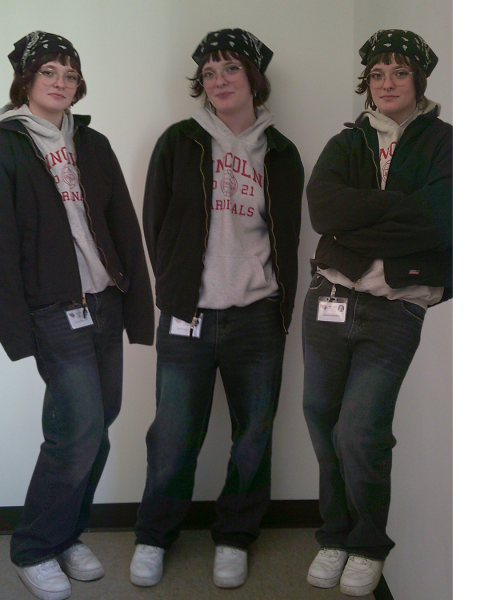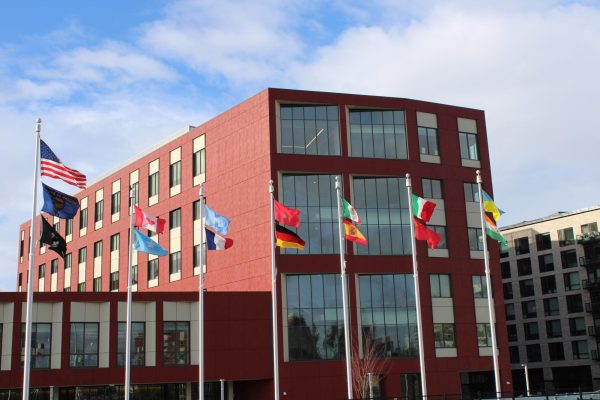Local governments working to address climate change
Some people in the United States deny that climate change is real. In the Pacific Northwest however, the City of Portland and Multnomah County are working to address the effects of climate change.
According to The Oregonian, there are several ways Oregon’s future will look less green.
Average temperatures will likely go up 7 degrees Fahrenheit by 2050, and up 11 degrees Fahrenheit by 2080. Not only will temperatures go up if carbon emissions are not restricted, but the warmer weather will affect the general ecosystem of the forests in the Pacific Northwest.
With increase in temperatures, coniferous forests will turn to mixed forests. Often mixed forests are in areas with less precipitation. The warmer temperatures cause subalpine forests to shrink due to the lack of precipitation. Warming temperatures also invite more pests and diseases to inhabit these forests and attack the trees.
Oceans are seeing the effects of climate change as well. Levels are rising in the ocean and rivers by 12-47 inches, which increases the frequency of flooding to homes and roads. Sea animals are dying such as shellfish from shell dissolution due to the increase of ocean acidity and decrease of dissolved oxygen.
However as frightening and detrimental climate change can be, Oregon has created the Climate Action Plan (CAP) in order to protect and decrease carbon emissions. Already, in Oregon since 1990, carbon emissions have been reduced by 14 percent, even though the population has increased by 30% and jobs by 20%. The City of Portland and Multnomah County’s plan is clearly making a difference. For now, the plan is to reduce energy use by establishing urban housing, as well as public transportation. The city is also looking to introduce sidewalks, bike lanes, and access to parks. Lastly the city is aiming to reduce pollution and housing costs.
Some people are opposed to the plan that is being put in place. With the addition of public parks, available land for housing is taken. In addition, additional public parks might attract more people who are homeless.
Implementing city-provided transportation may be frustrating because of the daily cost and inconvenience of bus locations for some people. Lastly, the Climate Action Plan adds bike lanes which can be dangerous for both the motorist and bicyclist given the location in which the cyclist appears in a driver’s blind spot.
As a seventeen year-old, I think what the city is doing to protect against climate change is extremely helpful, for they are already reducing the amount of toxins that Portland is producing. This forward thinking will allow generations after us to appreciate Oregon’s greenery.










